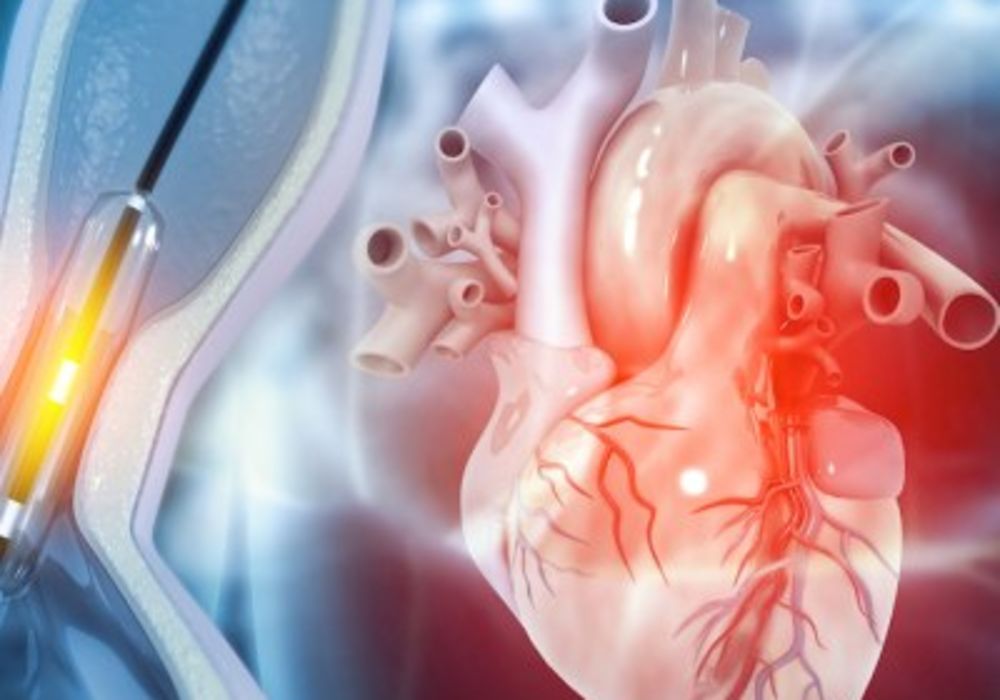Percutaneous Coronary Intervention (PCI) is a common procedure globally and in the United States, but periprocedural mortality, though rare, is a serious concern. Initially, it was believed that most deaths post-PCI were due to procedural complications, leading to the use of periprocedural mortality as an indicator of procedural quality.
However, recent studies employing standardised root-cause analysis methods have challenged the notion that procedural complications are the main cause of periprocedural mortality after PCI. These studies suggest that most deaths are related to the overall health condition and comorbidities of the patients treated.
A new study was conducted to review the causes, circumstances, and preventability of death after PCI. The goal was to assess procedural risks, identify common causes of death, and guide further research to enhance the safety of PCI procedures.
Over 500,000 Americans undergo PCI annually, a minimally invasive procedure to clear blocked arteries supplying the heart. While PCI, encompassing both angioplasty and stenting, is a widely used procedure globally, it carries a small but noteworthy risk of death, estimated at around 1-2%.
Findings from this study, led by Michigan Medicine and published in PLOS One, indicates that roughly 10% of deaths following PCI could potentially be prevented.
Study researchers analysed data from 39 Michigan hospitals participating in the Blue Cross Blue Shield of Michigan Cardiovascular Consortium (BMC2) between 2012 and 2014. These hospitals utilise procedural and outcome data to enhance care quality and patient outcomes.
Senior author Hitinder Gurm, Chief Medical Officer at the University of Michigan Health and Medical Director of BMC2, noted that while deaths post-PCI are uncommon, they mainly occur in cases where patients arrive after a heart attack and typically involve shock. He highlighted a significant shift from the 1990s when procedural complications were the primary cause of death post-PCI.
Of the nearly 1,200 deaths analysed during the study period, procedural complications contributed to 20%, with over a quarter of patients considered low risk. Among the preventable deaths, accounting for 10.1% of the total, angioplasty and stenting were judged to have low value and were potentially avoidable in nearly one-third of cases.
The findings suggest a need to prioritise the appropriateness of PCI to minimise rare, preventable deaths associated with this common procedure. First author Francesco Moroni, a fellow at the Robert M. Berne Cardiovascular Research Center at the University of Virginia, suggested that focusing on patients with low predicted mortality risk who experience adverse events during morbidity and mortality conferences could help identify procedural practices that might contribute to negative outcomes. This approach could prove effective in pinpointing periprocedural factors for improvement.
Source: Michigan Medicine - University of Michigan
Image Credit: iStock























